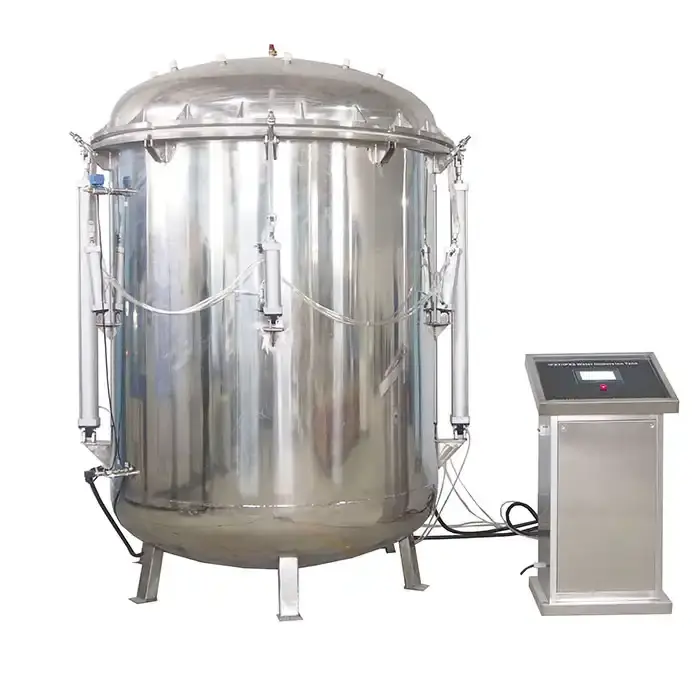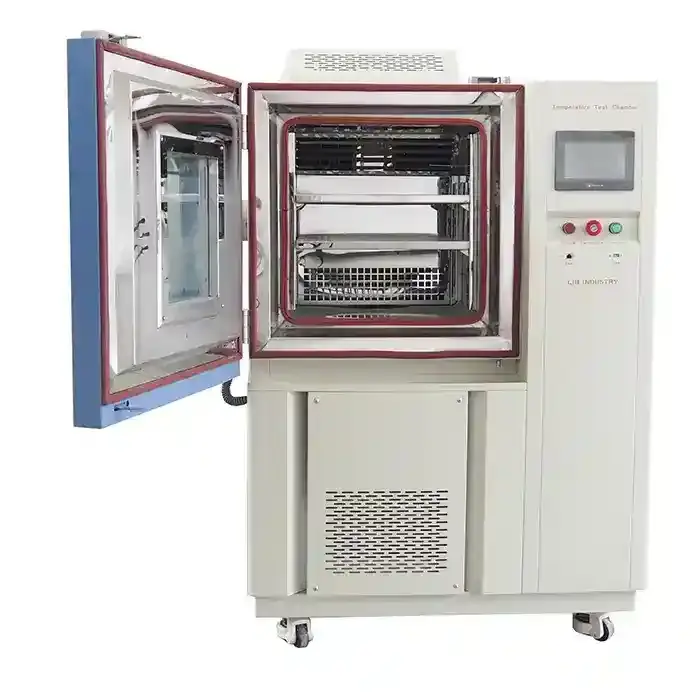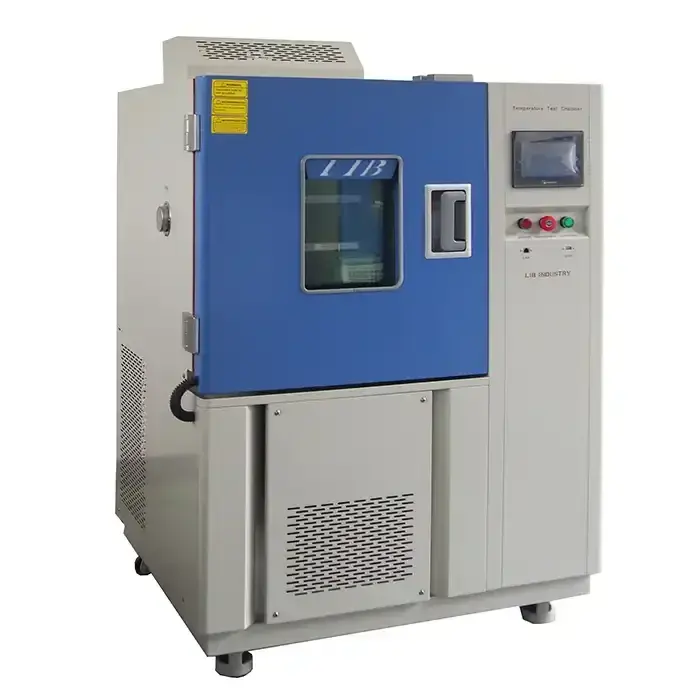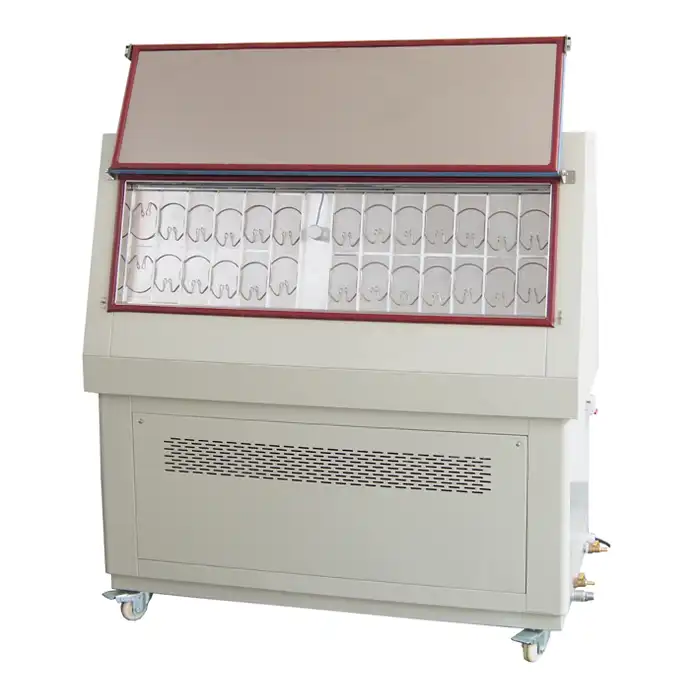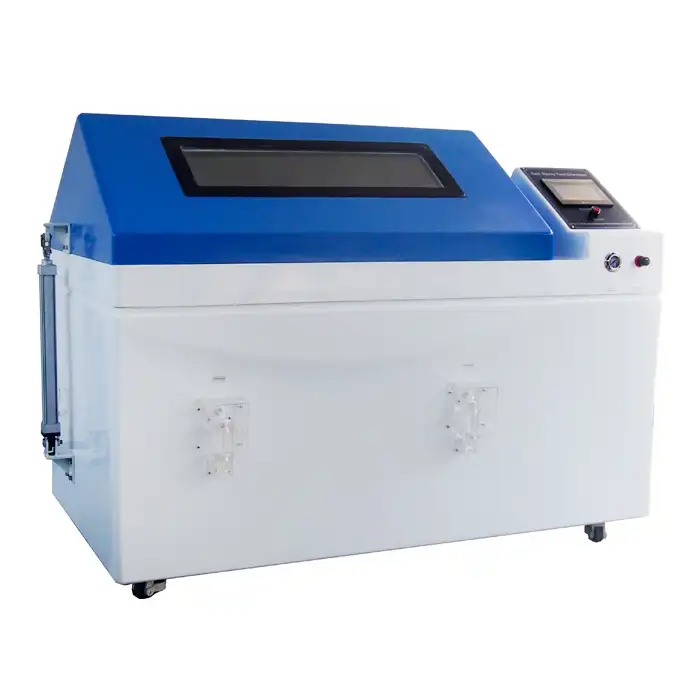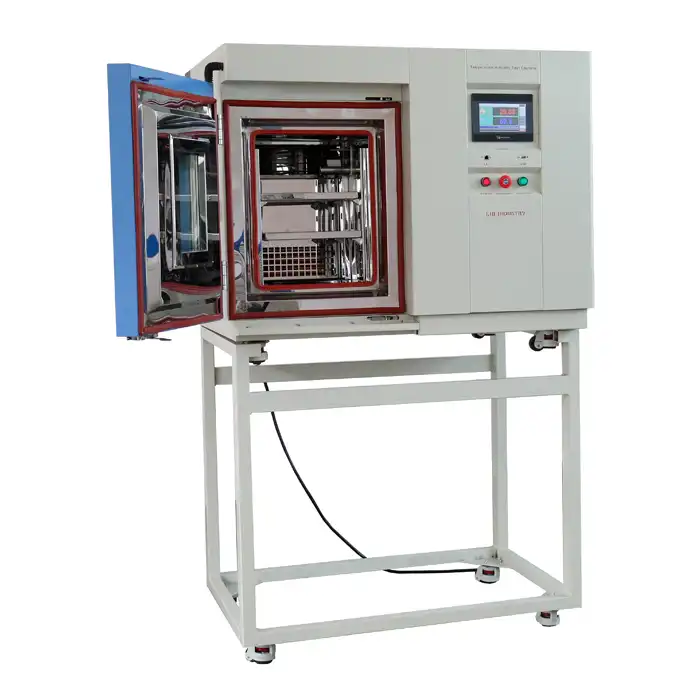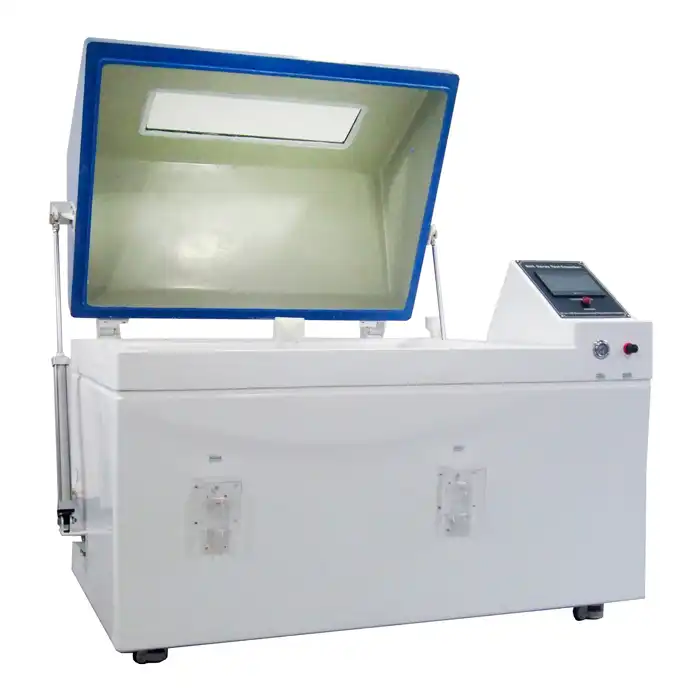The Importance of Calibration in Temperature Environmental Chambers
In the realm of environmental testing, temperature environmental chambers play a pivotal role in simulating various climatic conditions. These sophisticated devices are indispensable for numerous industries, including aerospace, automotive, electronics, and pharmaceuticals. However, the efficacy of these chambers hinges on one crucial factor: calibration. This blog post delves into the significance of calibration in temperature environmental chambers and its impact on test accuracy and reliability.

♦Understanding Temperature Environmental Chambers
The Fundamentals of Temperature Environmental Chambers
Temperature environmental chambers are meticulously engineered enclosures designed to replicate specific environmental conditions. These chambers can simulate a wide range of temperatures, from arctic cold to scorching heat, allowing researchers and manufacturers to test products under extreme conditions. The ability to control temperature with precision is paramount in these chambers, as even minor fluctuations can significantly impact test results.
Applications Across Industries
The versatility of temperature environmental chambers makes them invaluable across various sectors. In the automotive industry, these chambers are used to test vehicle components under diverse climatic conditions. Aerospace companies rely on them to ensure aircraft parts can withstand extreme temperatures at high altitudes. Electronics manufacturers use these chambers to verify the durability of their products in different thermal environments. The pharmaceutical industry utilizes them for stability testing of drugs and medical devices.
The Role of Accuracy in Environmental Testing
Accuracy is the cornerstone of environmental testing. Without precise temperature control, test results become unreliable, potentially leading to product failures in real-world scenarios. This is where calibration becomes crucial. Proper calibration ensures that the temperature readings in the temperature environmental chamber accurately reflect the actual conditions, providing trustworthy data for analysis and decision-making.
♦The Calibration Process Explained
What is Calibration?
Calibration is a critical process that ensures the accuracy and reliability of measurement devices by comparing their outputs against known standards. In the realm of temperature environmental chambers, calibration specifically focuses on the verification and adjustment of the chamber's temperature sensors and control systems. This involves checking the readings of the chamber against established temperature standards, making necessary adjustments to correct any discrepancies. Regular calibration is vital, as it helps maintain the chamber's performance over time, ensuring that test conditions are accurate and consistent. This not only enhances the quality of test results but also builds trust in the reliability of the equipment, ultimately contributing to better research and product development outcomes.
Steps in Calibrating Temperature Environmental Chambers
Calibrating temperature environmental chambers involves a systematic approach to ensure accurate and reliable performance. The process begins by placing a reference thermometer, known for its accuracy, inside the chamber. Once in position, the chamber is set to various temperature points throughout its operational range, such as low, mid, and high temperatures. At each set point, the chamber's temperature readings are compared against those from the reference thermometer. Any discrepancies observed are carefully documented, and necessary adjustments are made to the chamber's control system to rectify these differences. This calibration process is often repeated multiple times to confirm consistency across the entire temperature range. Additionally, it may be beneficial to perform calibration under different operational conditions to ensure the chamber maintains accuracy in real-world scenarios, thereby enhancing the overall reliability of your testing outcomes.
Frequency of Calibration
The frequency of calibration for temperature environmental chambers is influenced by several factors, such as the intensity of use, the critical nature of the tests being performed, and any applicable regulatory standards. While a general guideline suggests calibrating these chambers at least once a year, certain industries or specific applications may necessitate more frequent calibrations to ensure precision. Regular calibration is essential for identifying and rectifying any drift in accuracy, helping to prevent potential issues that could compromise test results and ensuring compliance with quality standards. Adopting a proactive calibration schedule ultimately enhances the reliability and integrity of your testing processes.
♦The Impact of Calibration on Test Results
Ensuring Data Reliability
Calibration is fundamental in ensuring the reliability of data obtained from temperature environmental chambers. When a chamber is properly calibrated, researchers and engineers can trust that the temperature conditions specified in their test protocols are accurately reproduced within the chamber. This reliability is crucial for making informed decisions about product design, material selection, and quality control.
Preventing Costly Errors
Uncalibrated or improperly calibrated chambers can lead to significant errors in test results. These errors can have far-reaching consequences, from product failures in the field to costly recalls. By maintaining a rigorous calibration schedule, companies can mitigate these risks and avoid the financial and reputational damage associated with product failures due to inaccurate testing.
Meeting Regulatory Requirements
Many industries are subject to strict regulatory standards that mandate the use of calibrated equipment for environmental testing. For instance, the pharmaceutical industry must comply with Good Manufacturing Practice (GMP) guidelines, which require regular calibration of all testing equipment, including temperature environmental chambers. Failure to meet these regulatory requirements can result in non-compliance issues and potential legal ramifications.
♦Conclusion
In conclusion, the importance of calibration in temperature environmental chambers cannot be overstated. It is the linchpin that ensures the accuracy, reliability, and compliance of environmental testing across various industries. By investing in regular calibration, companies not only enhance the quality of their testing processes but also safeguard their products' integrity and their customers' trust.
♦Contact Us
At LIB Industry, we understand the critical role of calibration in environmental testing. Our turn-key solutions for environmental testing encompass not just the provision of state-of-the-art temperature environmental chambers but also comprehensive calibration services. We are committed to ensuring that your testing equipment maintains the highest standards of accuracy and reliability. For more information about our temperature environmental chambers and calibration services, please contact us at info@libtestchamber.com.
References
1. Smith, J. (2021). "Principles of Environmental Testing: A Comprehensive Guide"
2. Thompson, L. (2019). "The Impact of Accurate Calibration on Product Quality in the Automotive Industry"
3. Davis, M. (2022). "Regulatory Compliance in Pharmaceutical Environmental Testing"
4. Wilson, K. (2018). "Advancements in Temperature Control Systems for Environmental Chambers"
5. Brown, A. (2021). "Best Practices in Environmental Chamber Maintenance and Calibration"
6. Johnson, R. et al. (2020). "Calibration Techniques for Temperature Environmental Chambers"



